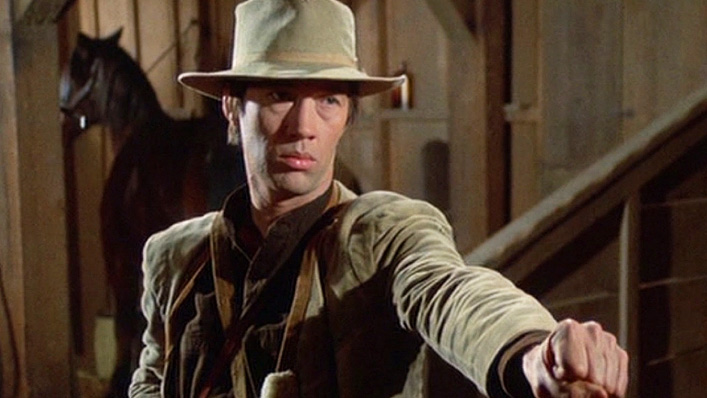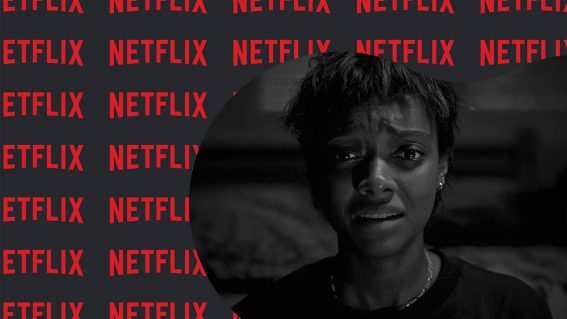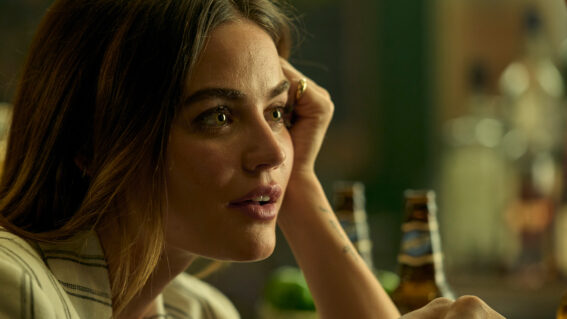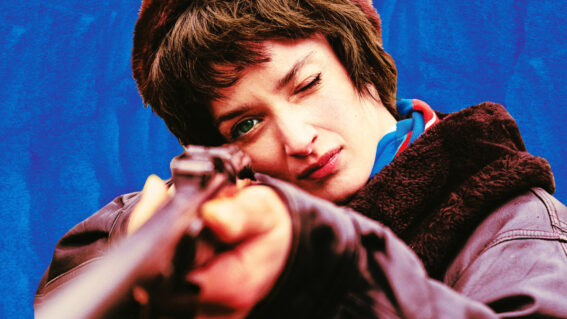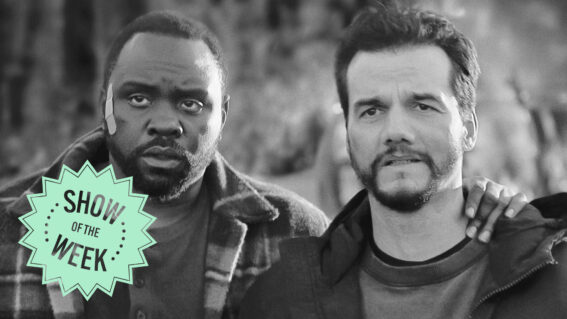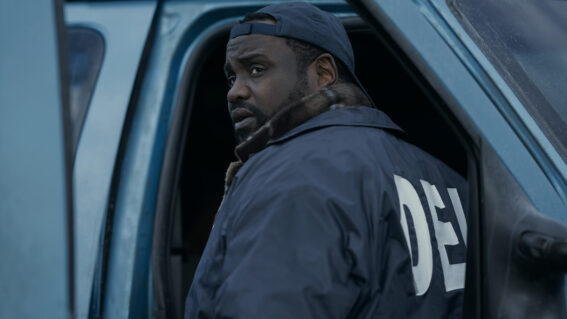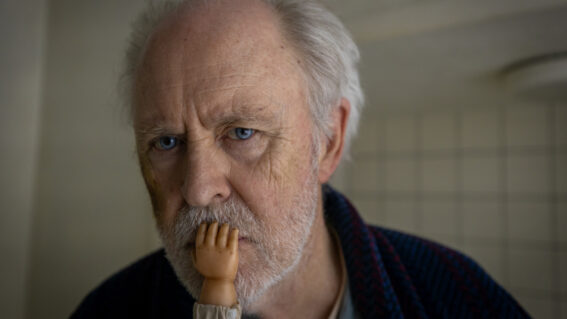How Bruce Lee continues to influence the zeitgeist, half a century after his death
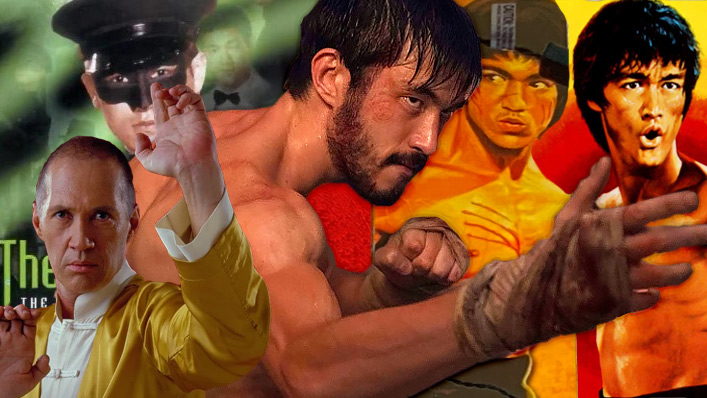
Warrior season 2 (now streaming on BINGE) is the latest production to be greatly influenced by Bruce Lee. Travis Johnson explores how the martial arts legend is still impacting popular culture, almost 50 years after his death.
The second season of Warrior is now tearing shit up over on BINGE. Based on a pitch by martial arts legend Bruce Lee, the historical beat-em-up sees a savagely talented kung fu exponent, Ah Sahm (Andrew Koji), venture to 1870s San Francisco in search of his missing sister, only to get caught up in the brutal Tong Wars between rival Chinese gangs. Much kicking ensues.
See also:
* Best new movies and TV series on BINGE
* All new streaming movies & series
It’s just the latest echo of Lee’s immortal legacy since his untimely death at the age of 32 back in 1973. Lee remains not just the most influential martial artist of all time (“just” doesn’t feel like the right word in that sentence) but a cinematic icon and a milestone in Asian onscreen representation, and his influence continues to be felt. Let us count the ways.
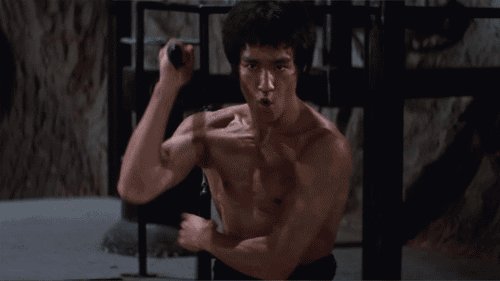
His big screen career
Remarkably, Lee’s career as a movie star lasted just two years and five (well, four and a half) films. Although he’d had some success in carving out a career in the United States, most notably as Kato, the Green Hornet’s bodyguard in the 1966 TV series based on the old pulp character, Lee grew frustrated with both the subservient nature of his roles, and the fact that more prominent Asian roles often went to white actors in yellowface (and we’ll get to the Kung Fu TV series momentarily).
Decamping to Hong Kong, Lee’s first feature leading role in 1971’s The Big Boss catapulted him to stardom. A string of increasingly good and increasingly profitable martial arts actioners followed, including Fist of Fury (1971) and Way of the Dragon (1972). By 1973 Lee had completed Enter the Dragon (1973) and had partially shot what would become Game of Death (1978), but both would be released posthumously, the latter rather sloppily padded out to full length using stand-ins and old footage. Lee died of a cerebral edema (brain swelling) on July 20, 1973, a result of an allergic reaction to medication.
While his earlier films suffer from low production values and somewhat hackneyed plots, Robert Clouse’s Enter the Dragon stands as a genuine masterpiece of action cinema and a strong indicator of the stellar career that awaited Lee, who played a secret agent dispatched to infiltrate a martial arts tournament held on the private island of crime lord Han (Shih Kien). It’s a perfect showcase of both Lee’s charisma and his astounding martial arts chops, as the nascent star obliterates a horde of mooks on his way to the iconic final ‘chamber of mirrors’ climactic fight against Han himself.
But Lee’s influence was already being felt outside his own acting career…
Kung Fu (1972–1975)
Set in the Old West, Kung Fu saw David Carradine, who studied martial arts under Lee, as half-Caucasian, half-Chinese monk Kwai Chang Caine, who flees China after avenging the murder of his master and subsequently roams the earth looking for peace, but generally having to kick the living hell out of a variety of ne’er-do-wells on a weekly basis. It’s a robust narrative model, and the series was even briefly revived for a couple of mid-80s TV movies and a sequel series, Kung Fu: The Legend Continues (1993–1997).
Lee’s direct involvement remains somewhat nebulous, but his widow, Linda Lee Cadwell, avers that Lee created the concept under the title The Warrior, but was subsequently frozen out of development by Warner Bros, who incorporated his ideas into Kung Fu without accreditation. The exact details are murky, but in 1989 Carradine confirmed that Lee had been passed over for the role of Caine, and much of Lee’s original concept was eventually repurposed for Warrior.
Still, Kung Fu lives on, with Arrowverse mastermind Greg Berlanti producing yet another reboot for the CW next year.
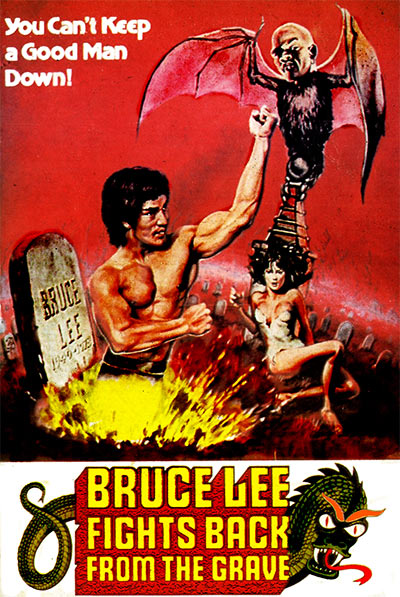
Brucesploitation
Perhaps we can blame Game of Death, which started the trend of replacing the now-deceased Lee with less-than-convincing stand-ins. A brief cottage industry of ‘Bruceploitation’ films flourished in the years following Lee’s death, which saw a small army of imitators, with stage names like Bruce Li, Bruce Lai and Bruce Le, front cash-in actioners with titles such as Bruce Lee Fights Back From the Grave, Enter the Game of Death, and Exit the Dragon, Enter the Tiger. Jackie Chan even starred in one—1976’s New Fist of Fury—while Western audiences are most familiar with the comedies, They Call Me Bruce? (1982) and They Still Call me Bruce (1987), which saw Johnny Yune as a hapless immigrant constantly mistaken for Lee, with chaos and combat following.
They’re all pretty cheap and terrible, by and large, but they did have the effect of elevating Lee to the status of a mythical figure, almost a folk hero, with these subsequent retellings and reimaginings accreting around the actual details of his life. Lee’s legend became larger than his actual story.
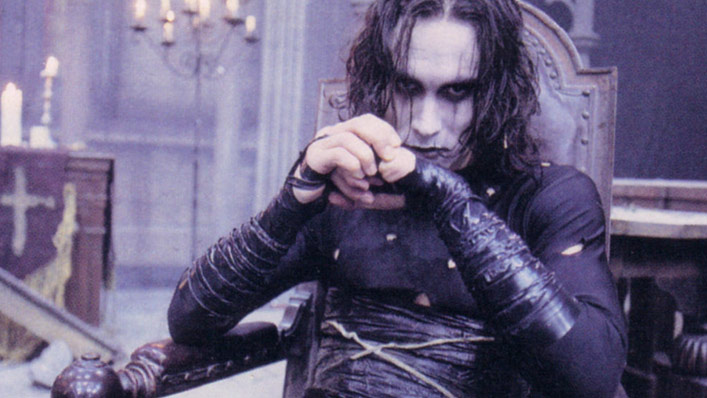
Brandon Lee: Son of the Dragon
Which must have had an effect on Brandon Lee, Bruce’s son, who charted his own brief and tragic course in life. Brandon Lee actually starred in the two 1980s Kung Fu TV movies opposite David Carradine. Later, the younger Lee would begin to climb the action movie ladder, moving from disposable dross like Legacy of Rage (1986) and Laser Mission (1987), to enjoyable beat-em-up nonsense like Showdown in Little Tokyo (1991) and Rapid Fire (1992), to what should have been his breakthrough role, The Crow, in 1994.
Sadly, it was not to be, and Brandon Lee was killed in an accident involving a poorly maintained prop gun. Horribly, his death echoed a plot device in Game of Death in which Lee’s character was shot in the face on a film set, justifying the change in his physical appearance to account for the use of another actor. Brandon was also resurrected for his final film role, with early CGI being used to complete The Crow. The Bruce Lee biopic, Dragon: The Bruce Lee Story, starring Jason Scott Lee, was dedicated to his memory.
The Tarantino Connection
Of course Quentin Tarantino is a mad Bruce Lee fan; being steeped in 1970s cinema, how could he not be? However the first oblique reference in his body of work is not to Lee but to Caine in Kung Fu, when Pulp Fiction’s disillusioned hitman Jules Winfield (Samuel L. Jackson) vows to give up murder for hire and walk the Earth like Carradine’s serene character until he finds enlightenment.
But Tarantino really tipped his hat to the Dragon with Kill Bill: Volume 1, in which Uma Thurman’s vengeful assassin, Beatrix Kiddo, is tricked out in neat yellow-and-black outfit that deliberately echoes Lee’s iconic tracksuit from Game of Death. Thurman even gets a matching motorbike for extra credit.
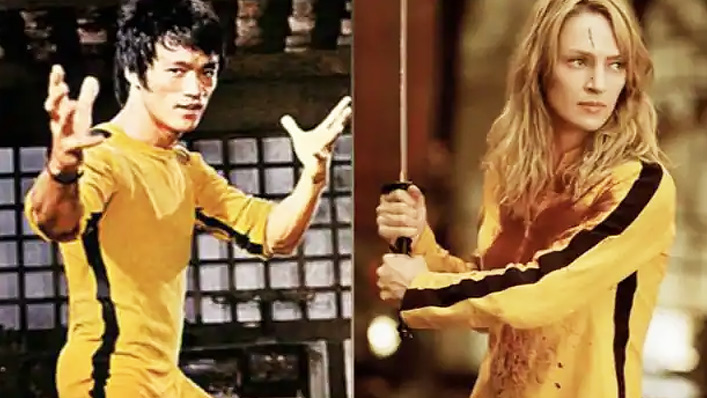
Unfortunately, Tarantino’s mist direct use of Bruce Lee did not earn the approval of Lee’s surviving family. In Once Upon a Time…in Hollywood, Tarantino depicts a Green Hornet-era Lee Mike Moh), cockily bragging about his fighting prowess, get into a stoush with Brad Pitt’s laconic stuntman, Cliff Booth, who holds his own against the master until the fight is interrupted. Lee’s daughter, Shannon Lee, called the depiction disrespectful, saying, “…I really thought it was irresponsible of him to do what he did and have that portrayal.”
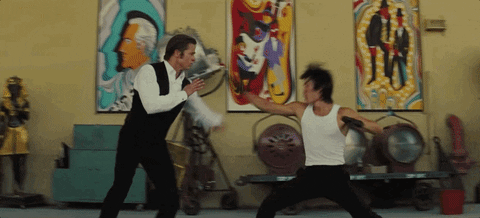
Martial Arts Marvel
Firstly, while Avengers: Age of Ultron (2015) has its detractors, can we just say that Tony Stark’s t-shirt depicting Bruce Lee at the turntables is pretty boss? Because it is.
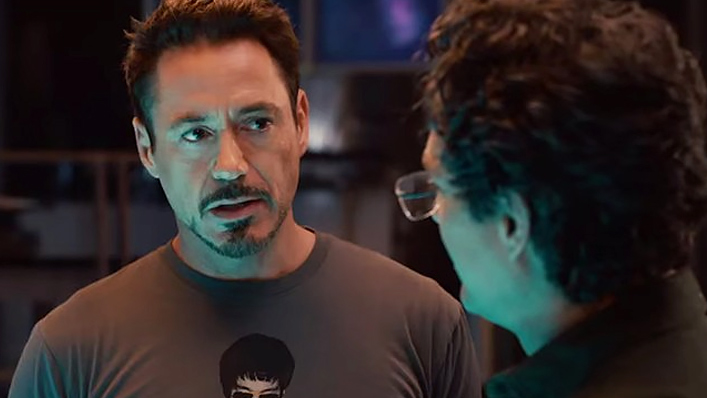
But Marvel’s—or at least the Marvel Cinematic Universe’s—biggest debt to Bruce Lee is upcoming, in the form of Shang-Chi and the Legend of the 10 Rings, theoretically due out in 2021. Currently lensing in Sydney under the direction of Destin Daniel Cretton, the film sees the titular martial artist (Simu Liu) take on the covert martial arts/crime organisation headed by the Mandarin (Tony Leung), a plot straight out of Lee’s filmography.
Which makes sense—the original comic book character was created in response to the martial arts movie craze of the 1970s that Lee spearheaded. Even now, Lee’s brief, brilliant body of work continues to influence action cinema. The circle—or the ring if you prefer—is complete.

